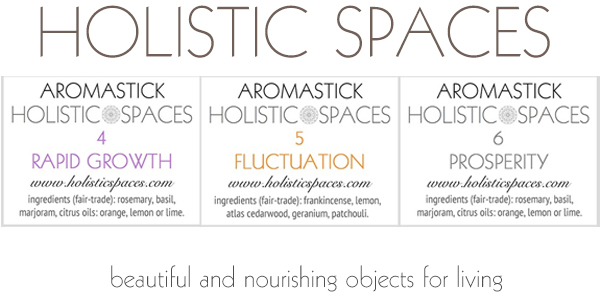If you've been to a health store, you've probably seen Castile soap, most likely Dr. Bronner's. Castile soap is a soap made with natural oils and chemical reactions. The only chemicals involved in making Castile soap are sodium hydroxide and/or potassium hydroxide (commonly known as lye). Since these chemicals are all used up when they react to the oils, Castile soap is chemical free, non-toxic and eco-friendly. Not only is this soap completely safe and holistic, it has multiple uses outside the shower!
All-purpose Cleaning
Since Castile soap is safe to use anywhere, it makes the perfect ingredient for all-purpose cleaner, in fact, my favorite DIY recipe for non-toxic cleaner includes Castile soap! Take a peek at the recipe below for making your own eco-friendly all-purpose cleaner.
All Purpose Cleaner
1/2 cup vinegar
1 cup hot water
1/8 tsp Castile soap
optional (but recommended!) - 9 drops essential oil (Eucalyptus or Tea Tree oil is naturally antibacterial/antimicrobial)
Pour into a spray bottle and shake before each use
If you're not the DIY type, check out the Citrus All-Purpose Cleaner from Celadon Road. I discovered the Celadon Road all-natural cleaning line last year, and I've been using it ever since! I love it!
Mop It Up
Hardwood floor cleaner can be expensive and potentially toxic, depending on the brand, but if you have a little Castile soap and some hot water, say goodbye to spending your hard-earned money on cleaning supplies! For a three gallon bucket of hot water, just add half a cup of Castile soap and a mop for shiny floors (unless they're carpeted) and a clean, holistic space.
Sop It Up
We mentioned above that using the Castile soap/hot water solution with a mop on carpet might not work, but you CAN make a carpet cleaner using the same ingredients! Instead of renting carpet cleaning gear or paying someone to do it for you, mix a cup of water and 1/4 cup of Castile soap in a blender until you get a foam consistency. Then use that to clean your carpet holistically, without toxins and without making a dent in your wallet.
Castile soap is often sold in the personal care aisle, so we know it's great for use as body wash, shampoo, pet shampoo and even for acne treatment, but its power goes far past that one room. Next time you're on the health aisle, remember all the amazing ways Castile soap can help you create a nurturing space, and pick up a bottle!



